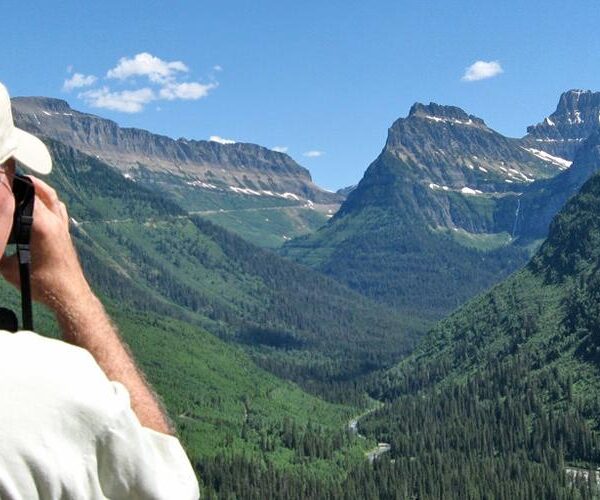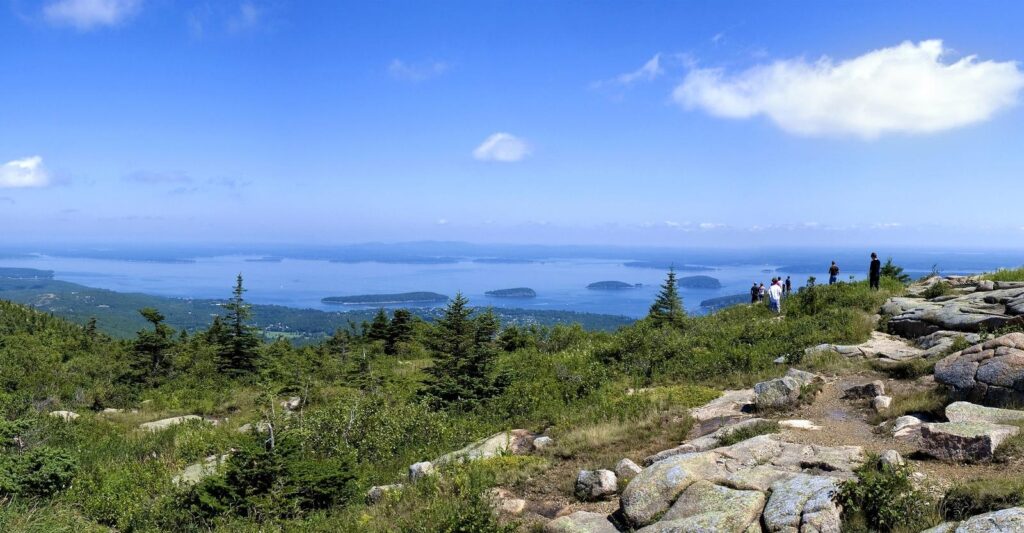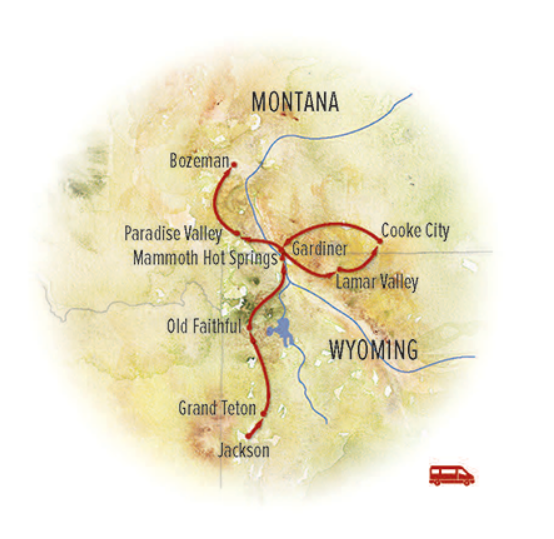Overview
The Blackfeet Indians, at home in the Northern Rockies of Montana for over 10,000 years, call Glacier National Park “the backbone of the world.” Its serrated spine of granite peaks forms the Continental Divide, with glacier-carved valleys scoured out on both flanks. It’s a glorious landscape of sharp summits, meadows, wildflowers and meltwater lakes fed by rills tumbling down off the park’s namesake ice shelves. Subalpine forests and rocky ramparts are home to grizzly bears, mountain goats, elk and more. Survey the wonders on Going-to-the-Sun Road, float the Flathead River, and discover hidden corners with our guides who know this wild terrain intimately. Our rare small-group foray into Glacier—plus Canada’s Waterton Lakes National Park, which shares a border and an ecosystem—will refresh and energize contemporary spirits, as this land has done for centuries.
Trip Highlights
- Two Grand Parks on One International Itinerary Join our expert guides on a natural history adventure in two stunning national parks—few itineraries include both Glacier and Canada's Waterton Lakes
- Stay at Optimally Located Lodges in the Parks Enjoy special lodgings replete with history, Old West atmosphere and prime proximity to wild nature, including Many Glacier Hotel on Swiftcurrent Lake
- No More Than Seven Guests Per Vehicle Traveling with two Expedition Leaders lets us divide our small group even further, for varied hikes and intimate wildlife encounters bus tours don't get
Itinerary
Please fill out the form below to request a quote for rates.
Included
- Accommodations, services of Nat Hab's professional Expedition Leader(s) and local staff, transportation in Nat Hab's North American Safari Trucks and other vehicles, all meals from dinner on Day 1 through breakfast on final day, some gratuities, airport transfers on Day 1 and final day, all activities and entrance fees, all taxes, permits and service fees.
Not Included
- Travel to and from the start and end point of your trip, alcoholic beverages, some gratuities, passport and visa fees (if any), optional activities, items of a personal nature (phone calls, laundry and internet, etc.), airline baggage fees, airport and departure taxes (if any), optional travel protection and medical evacuation insurance.
Map























